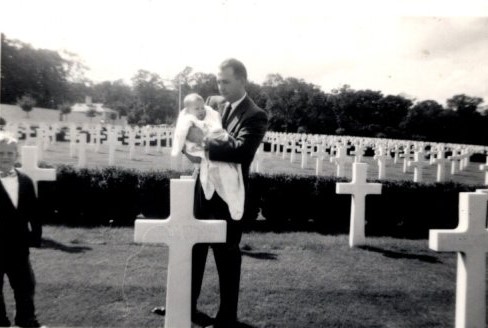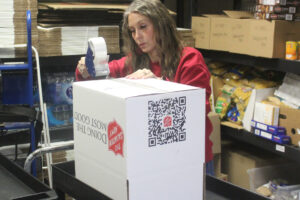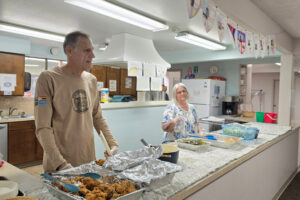Her father and uncle both served as bomber pilots during World War II, but war stories were not common during Christina Maree Reynolds Price’s childhood.
“My dad really didn’t talk about his experiences in the war,” Reynolds Price said of her late father, Lt. Col. John Robert Reynolds, a 1942 Camas High School graduate who had been training to fly B-29s in the Pacific during WWII when his older brother, Arthur Joseph Reynolds — then a 24-year-old U.S. Army Air Force bomber pilot flying combat missions over Europe with the 482nd bomb group — was killed on Nov. 10, 1943, in a horrific crash that claimed the lives of all 13 airmen inside the plane, plus four civilians and a horse on the ground.
“The loss of his brother was very painful for him,” Reynolds Price said of her father. “He had night terrors for years. I would hear him yelling in the bedroom and his eyes were open, but he wasn’t there. The war was a very painful subject for him.”
Then, in the early 1990s, Reynolds Price took her father to see the movie, “Memphis Belle,” about the last mission of Memphis Belle, an American Boeing B-17 Flying Fortress bomber based in England during WWII.
“I had no idea what he had gone through on those missions until we saw the movie,” Reynolds Price said. “After the movie, I started getting bits of information from him, here and there.”




